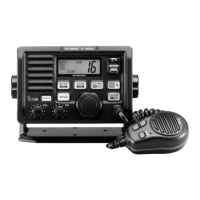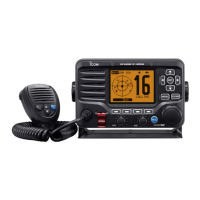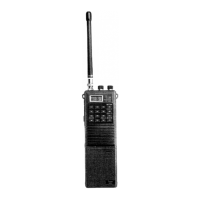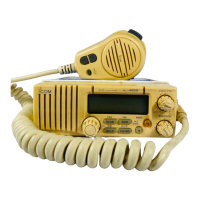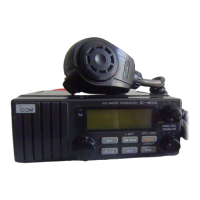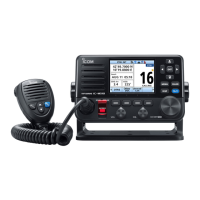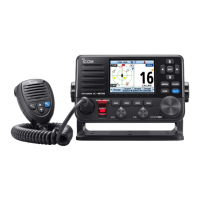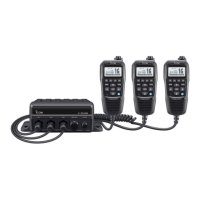What to do if transmitting is impossible on Icom IC-M505 Transceiver?
- CChelsea LeeAug 17, 2025
If you're unable to transmit or select high power on your Icom Transceiver, it could be due to a couple of reasons. Some channels might be programmed for low power or receive-only operation due to regulations, so try changing channels. Alternatively, the output power may be set to low; push [H/L] to select high power.




